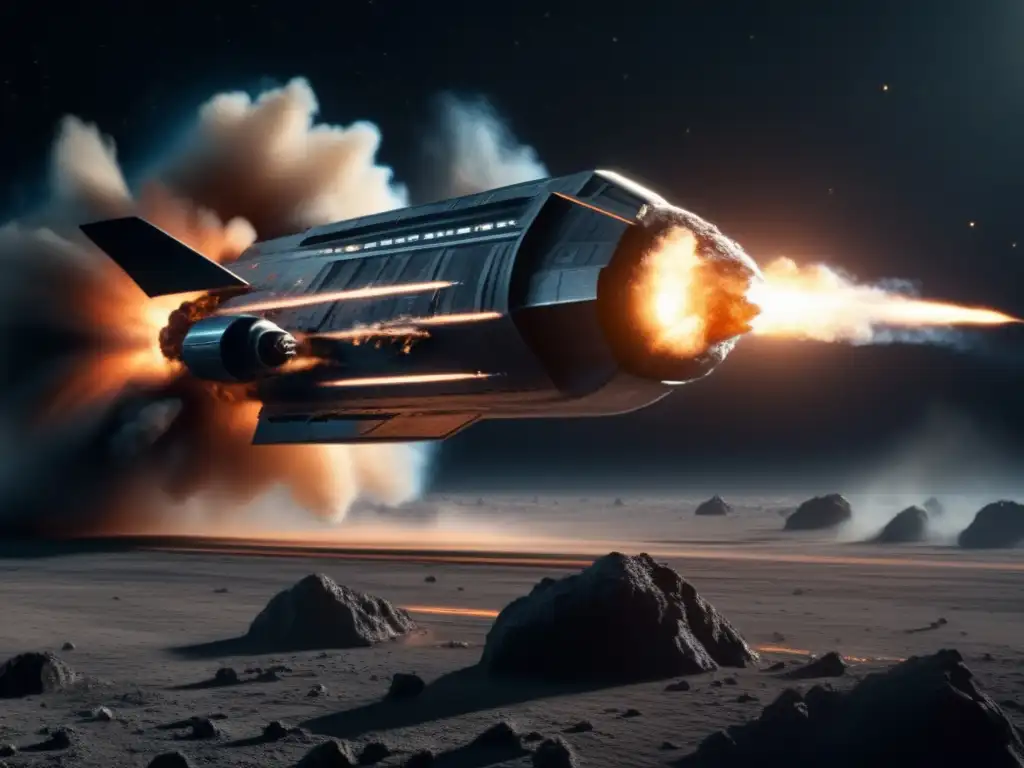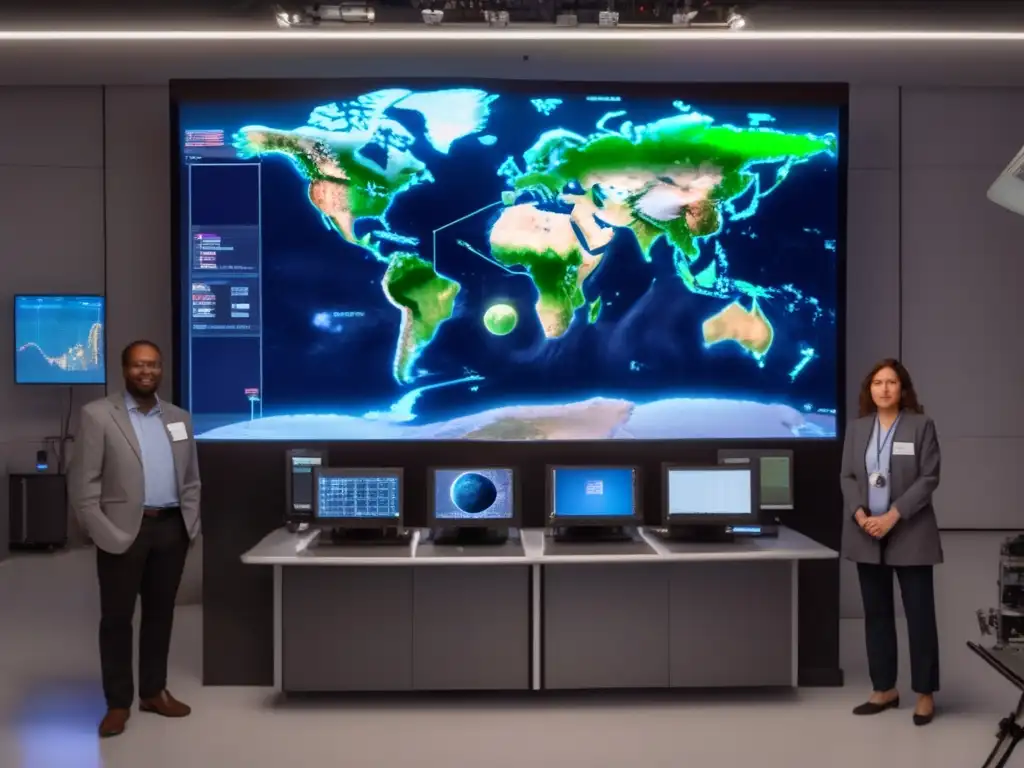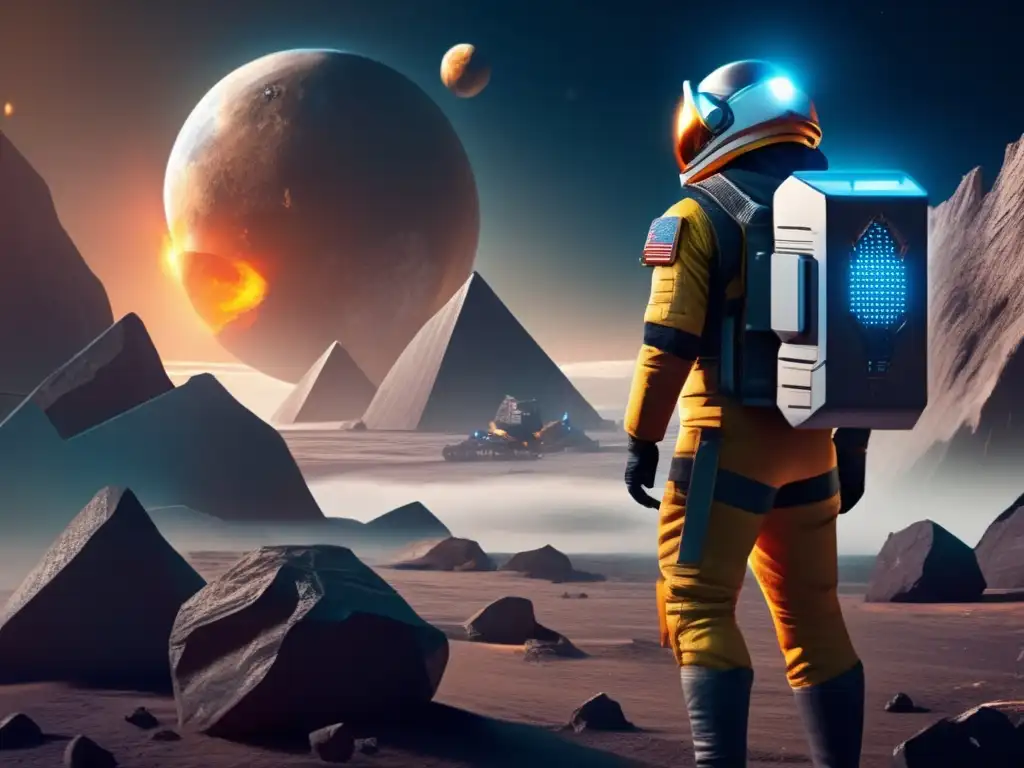Cosmic Defenders: Current Techniques In Asteroid Prevention

Introduction
The threat of asteroids colliding with Earth has been a concern for decades, and with the growing number of asteroids being discovered, it has become increasingly important to have effective techniques in asteroid prevention. In this article, we will explore current methods being utilized to prevent asteroids from impacting our planet.
The Importance of Early Detection

Tracking Near-Earth Objects
One of the most crucial aspects of asteroid prevention is early detection. NASA has established a program called the Near-Earth Object Observation Program, which partners with observatories and universities around the world to track and catalog near-Earth objects (NEOs). The program has discovered over 95% of the known NEOs, and continues to monitor their orbits to predict possible collisions with Earth.
NASA's Planetary Defense Coordination Office
NASA's Planetary Defense Coordination Office (PDCO) is responsible for leading the agency's efforts in planetary defense. The PDCO works closely with the Near-Earth Object Observation Program to assess the risk posed by NEOs and develop strategies for preventing potential impacts.
Asteroid Impact and Deflection Assessment Mission (AIDA)
The Asteroid Impact and Deflection Assessment Mission (AIDA) is a joint mission between NASA and the European Space Agency (ESA) that will study the effectiveness of deflection techniques on a binary asteroid system. The mission will involve sending two spacecraft to a binary asteroid system, where one spacecraft will impact the asteroid while the other observes the impact and its resulting effects on the asteroid's orbit.
Asteroid Deflection Techniques

Kinetic Impactor
A kinetic impactor is a technique that involves using a spacecraft to collide with an asteroid at high speed, altering its trajectory. NASA's Double Asteroid Redirection Test (DART) is a mission that will test this method by intentionally impacting the binary asteroid system Didymos in 2022.
Gravity Tractor
A gravity tractor involves using the gravitational attraction between a spacecraft and an asteroid to gradually alter the asteroid's orbit. The spacecraft would fly close to the asteroid for an extended period of time, allowing its gravitational force to pull the asteroid off course. This method is still in the development phase, but has shown promise in computer simulations.
Solar Sail
A solar sail is a method that uses the pressure of sunlight to deflect an asteroid's trajectory. By deploying a large, reflective sail, the spacecraft would be propelled by the momentum of photons from the sun, causing the spacecraft to slowly push the asteroid off course. This method has not been tested in space yet, but has potential for use in future asteroid deflection missions.
Frequently Asked Questions

-
What is the likelihood of an asteroid impacting Earth?
The likelihood of a large asteroid impacting Earth is low, but the consequences could be catastrophic. It's important to continue monitoring near-Earth objects and developing effective deflection techniques.
-
Can we destroy an asteroid before it impacts Earth?
While destroying an asteroid may seem like an effective solution, it could potentially create more harm by causing the asteroid to break apart into smaller, more dangerous pieces. Deflection techniques are preferred to minimize risk.
-
How much warning would we have before an asteroid impacts Earth?
The amount of warning would depend on the size and trajectory of the asteroid, but early detection can provide years or even decades of warning, giving us time to prepare and mitigate the impact.
-
Are there any asteroids currently on a collision course with Earth?
No known asteroids are currently on a collision course with Earth. The Near-Earth Object Observation Program continues to monitor near-Earth objects for potential threats.
-
How can I support efforts in asteroid prevention?
You can support efforts in asteroid prevention by staying informed about near-Earth objects and advocating for funding for NASA's Planetary Defense Coordination Office.
Conclusion
Preventing asteroids from impacting Earth is an ongoing challenge, but current techniques show promise in mitigating the risk. Early detection and deflection methods such as kinetic impactors, gravity tractors, and solar sails are being developed and tested to protect our planet from potential collisions. By continuing to invest in these efforts and staying informed about near-Earth objects, we can work towards a safer future.
Thank you for reading this article on Asteroid Realm. We encourage you to share your thoughts in the comments section and to subscribe to our website for more content related to asteroids and planetary defense.
Additional Resources

For more information on asteroid prevention and planetary defense, check out these resources:
 Guardians Of The Galaxy: How We Protect Earth From Asteroids
Guardians Of The Galaxy: How We Protect Earth From Asteroids Planetary Security: Strategies And Techniques For Asteroid Defense
Planetary Security: Strategies And Techniques For Asteroid Defense Earth’s Defenders: Current Strategies For Asteroid Prevention
Earth’s Defenders: Current Strategies For Asteroid PreventionIf you want to discover more articles similar to Cosmic Defenders: Current Techniques In Asteroid Prevention, you can visit the Planetary Defense category.
Leave a Reply

Articulos relacionados: